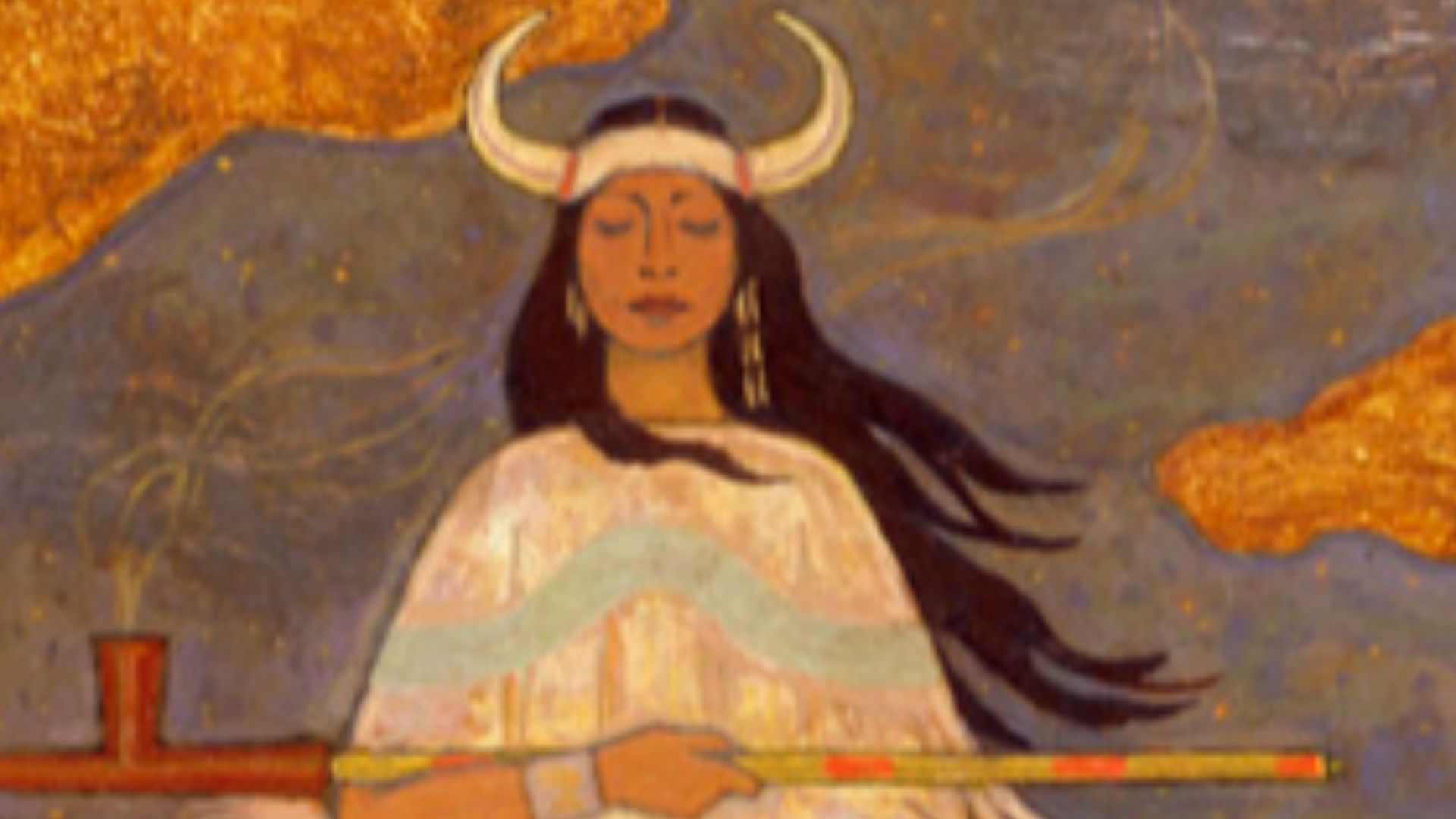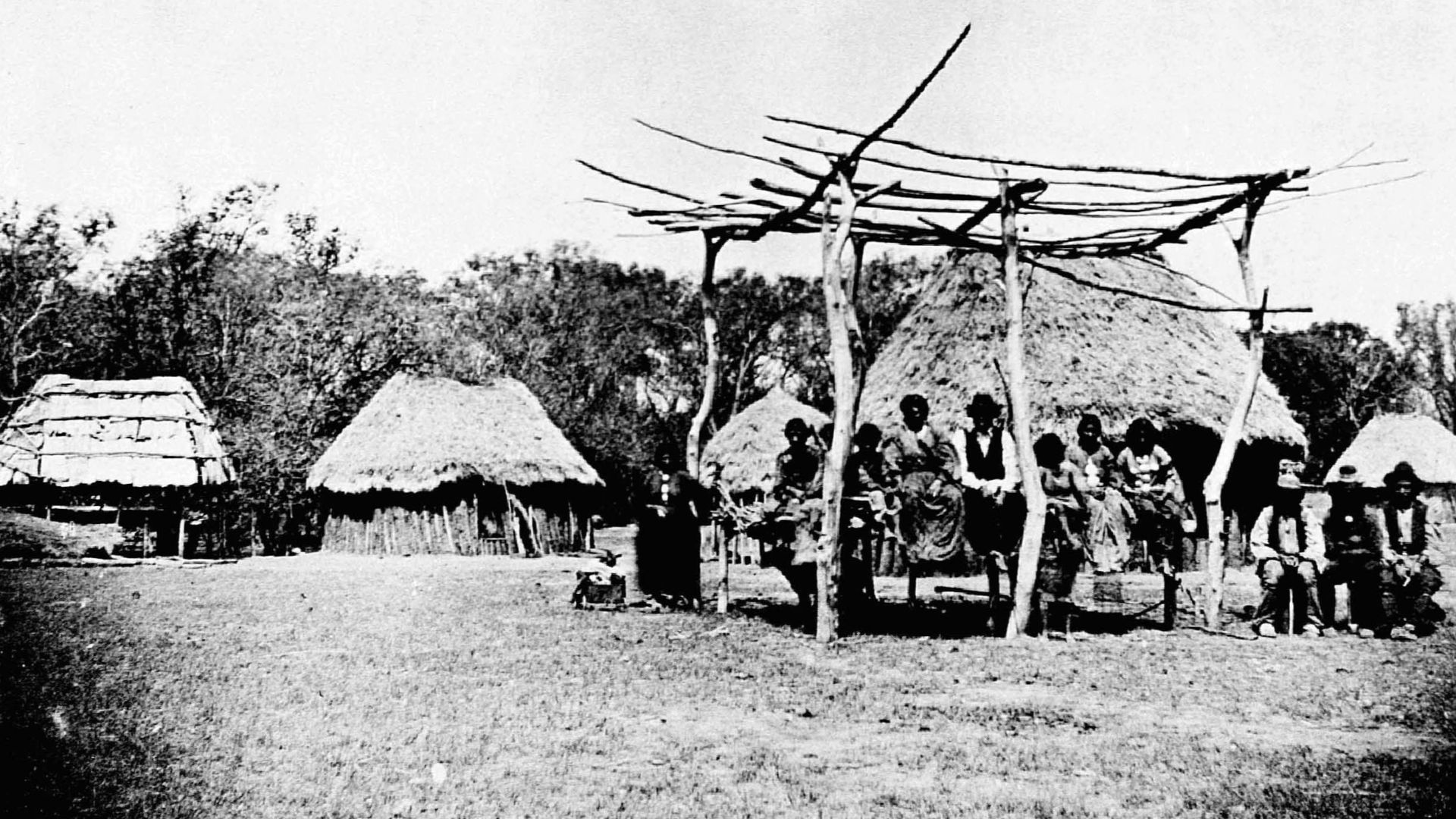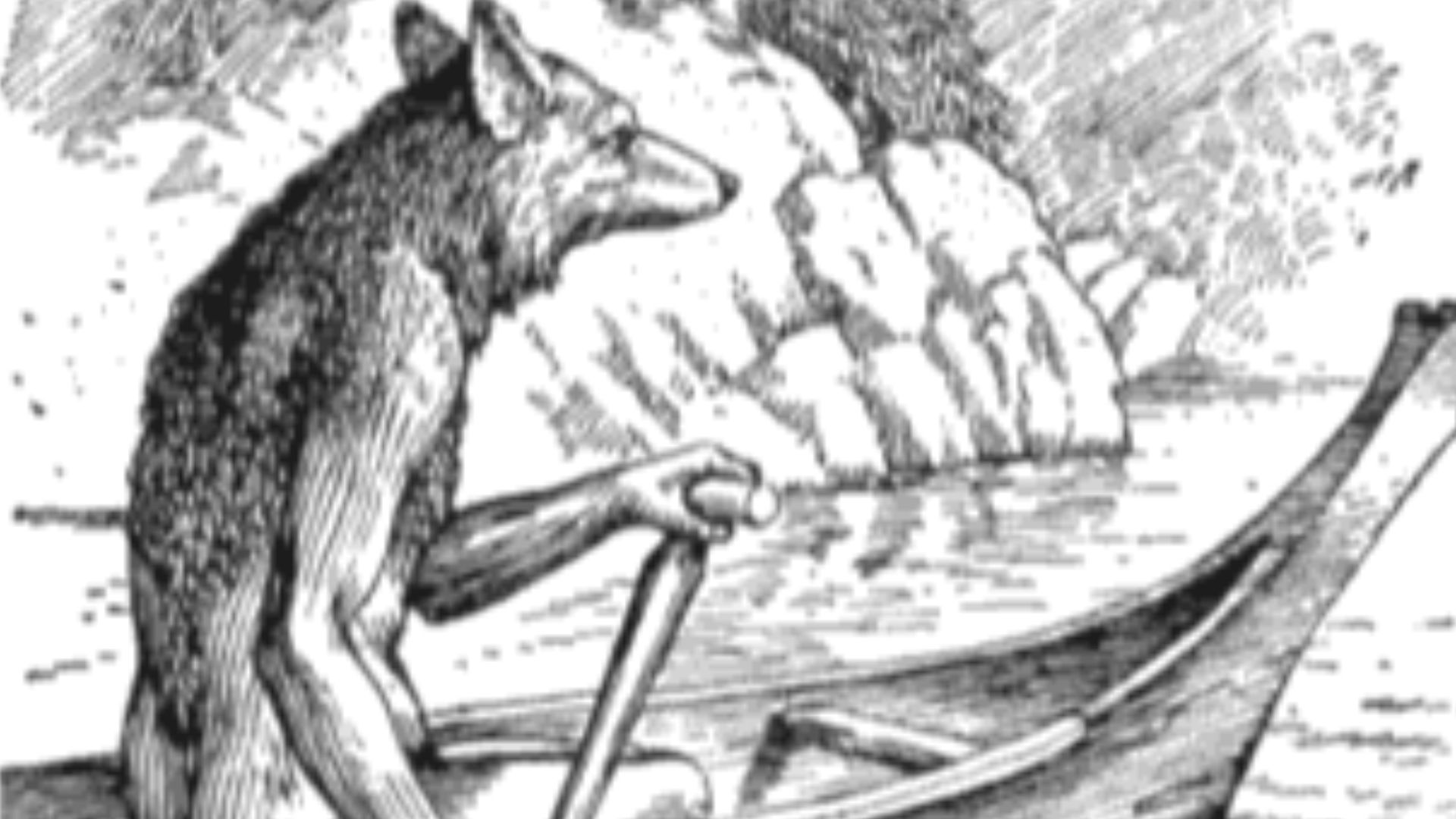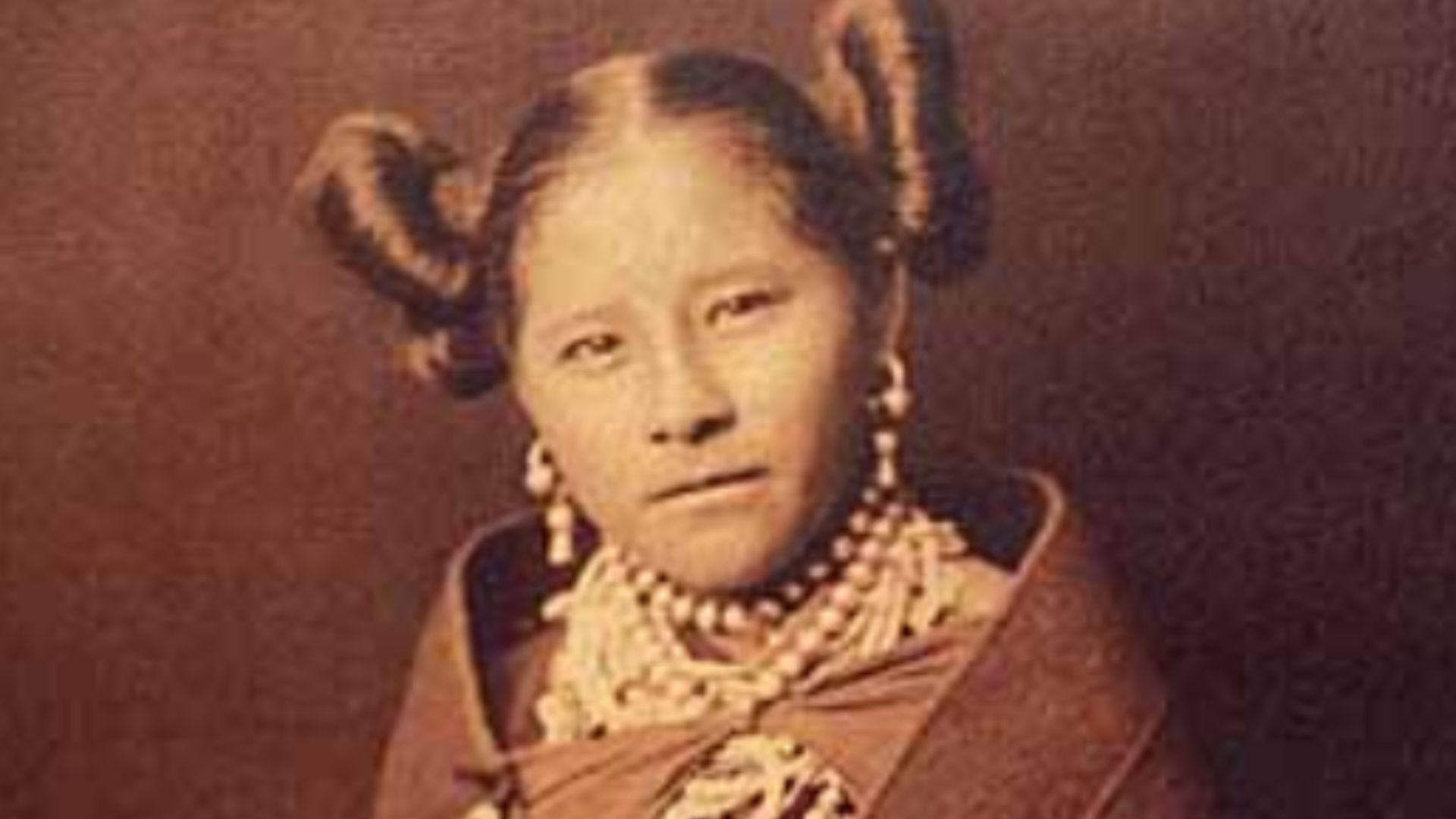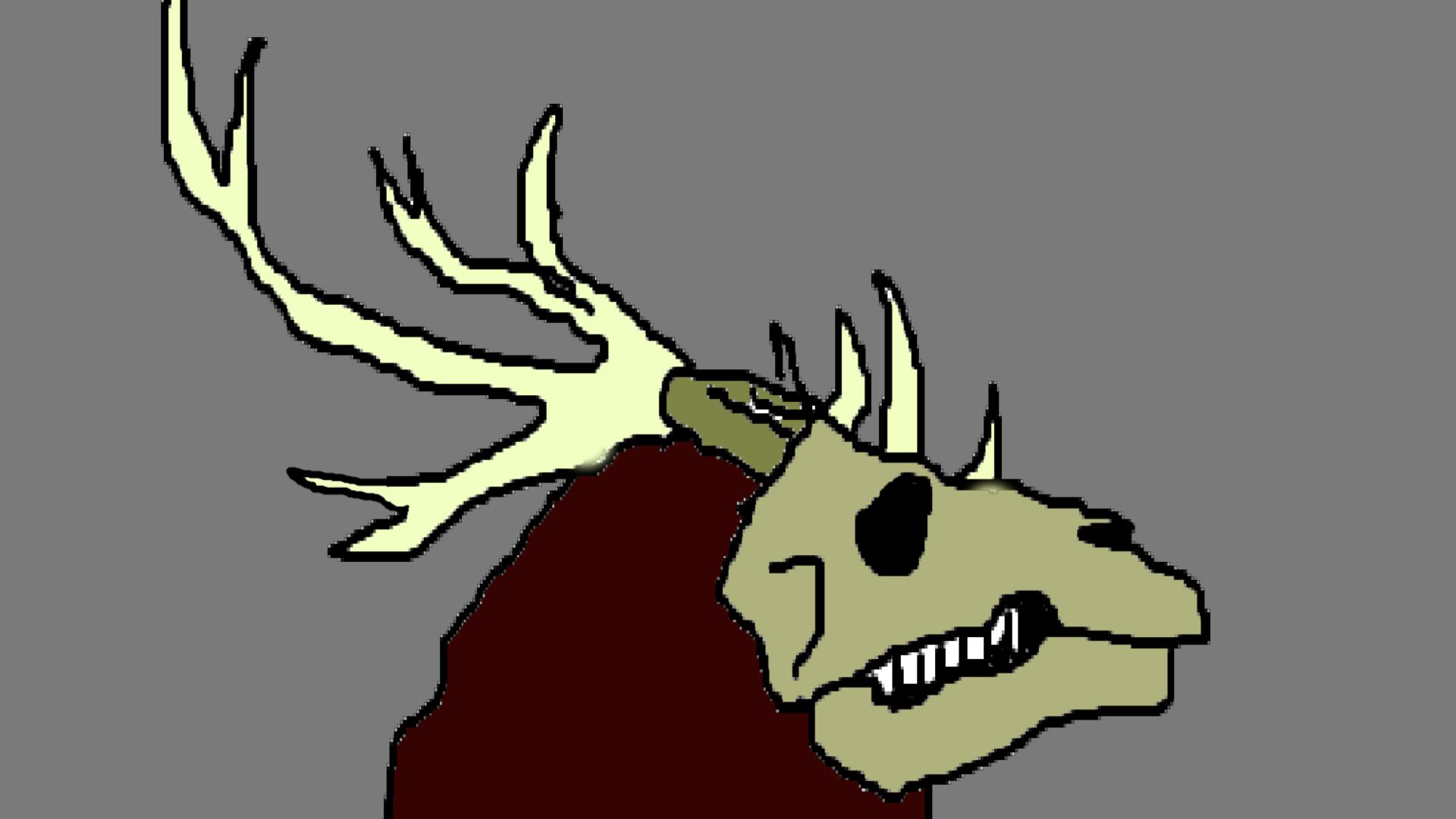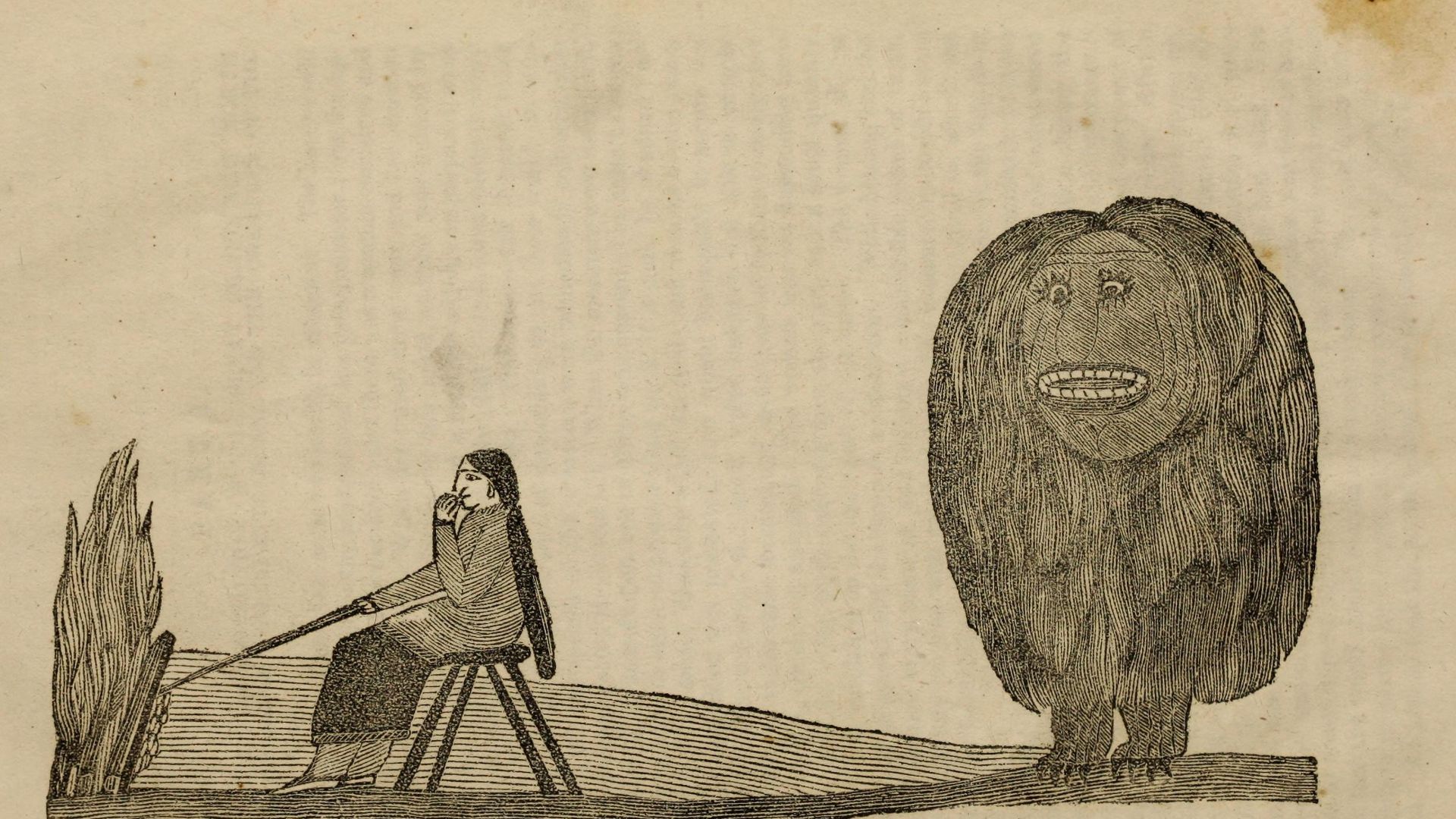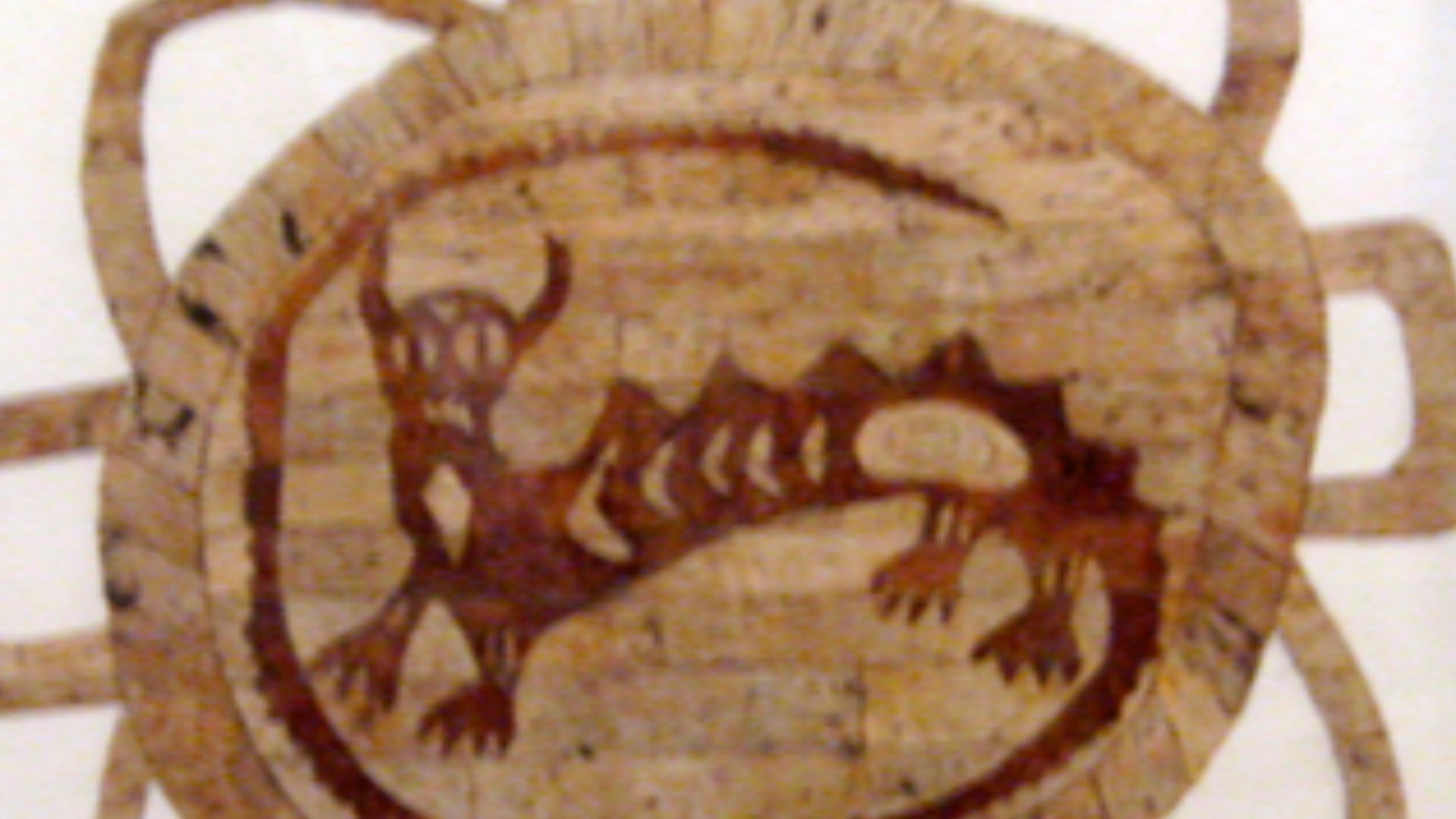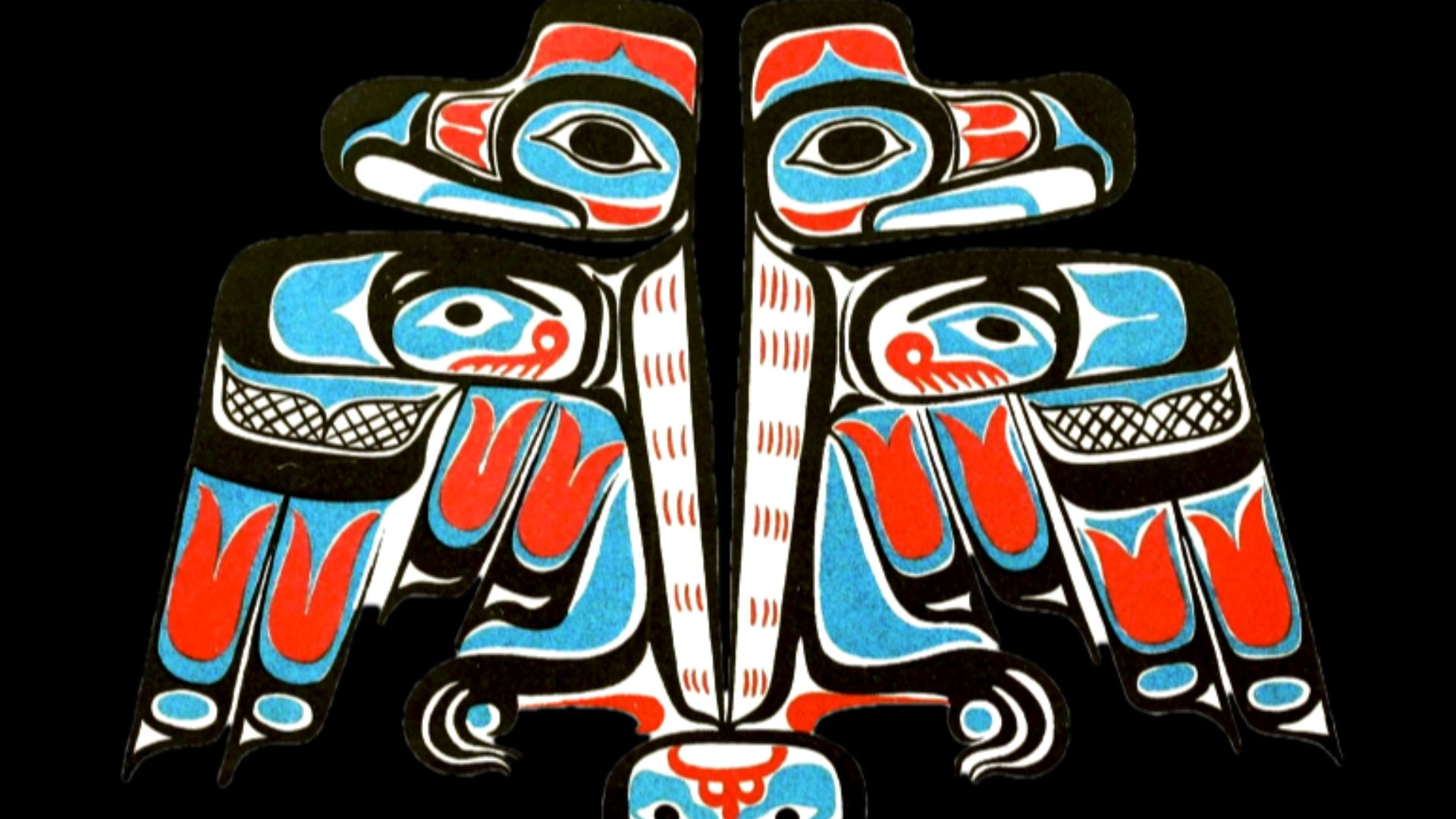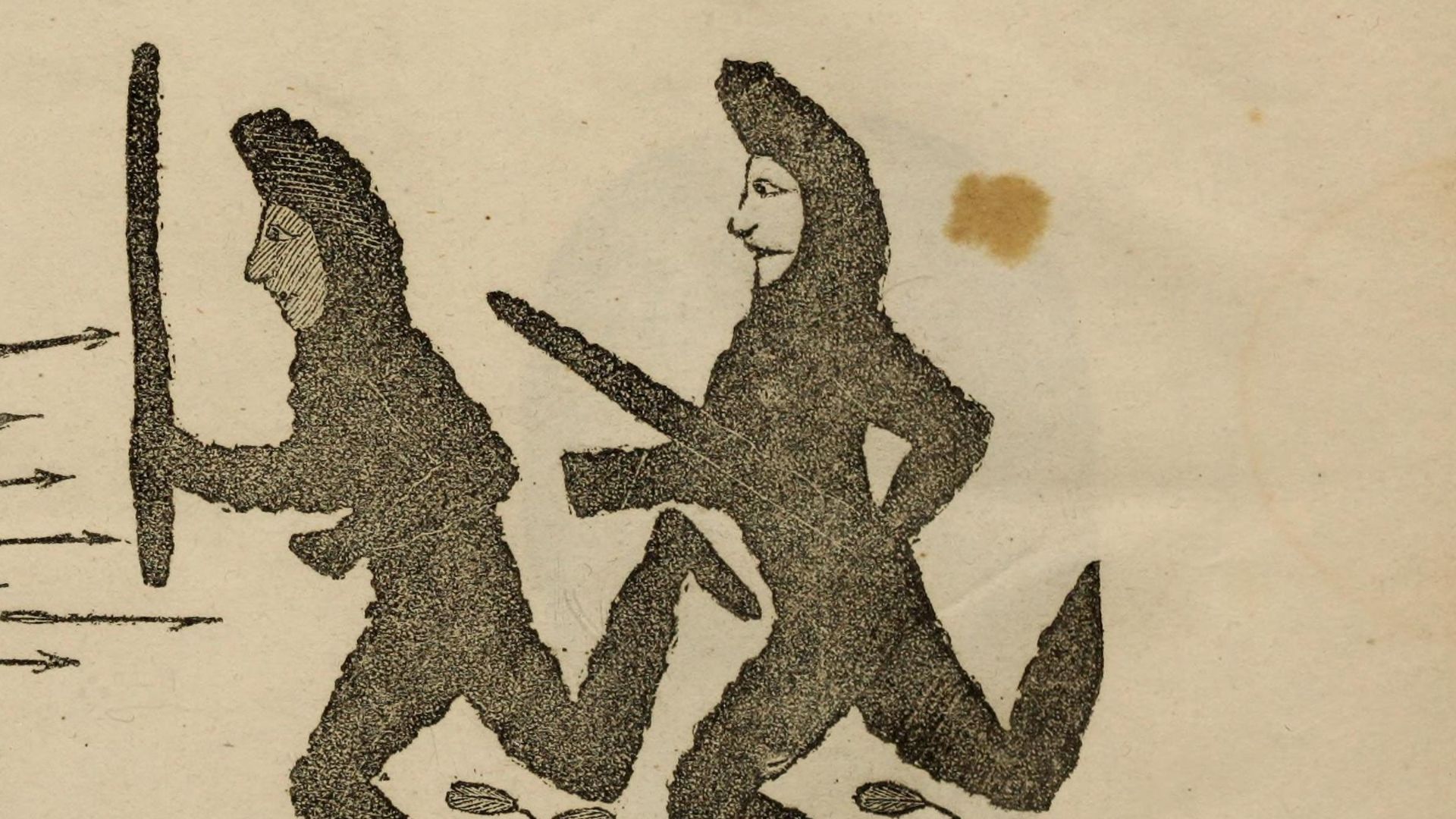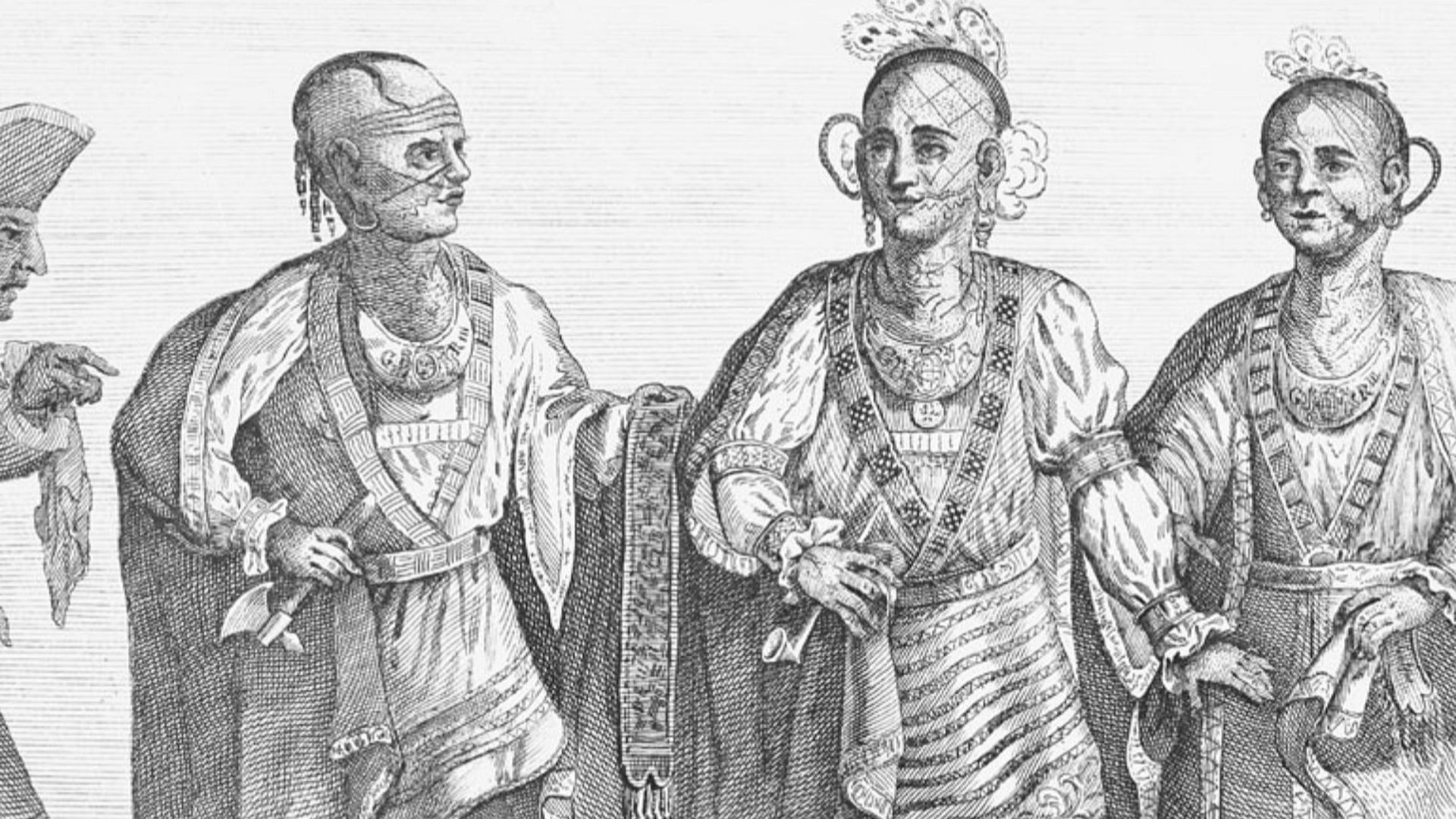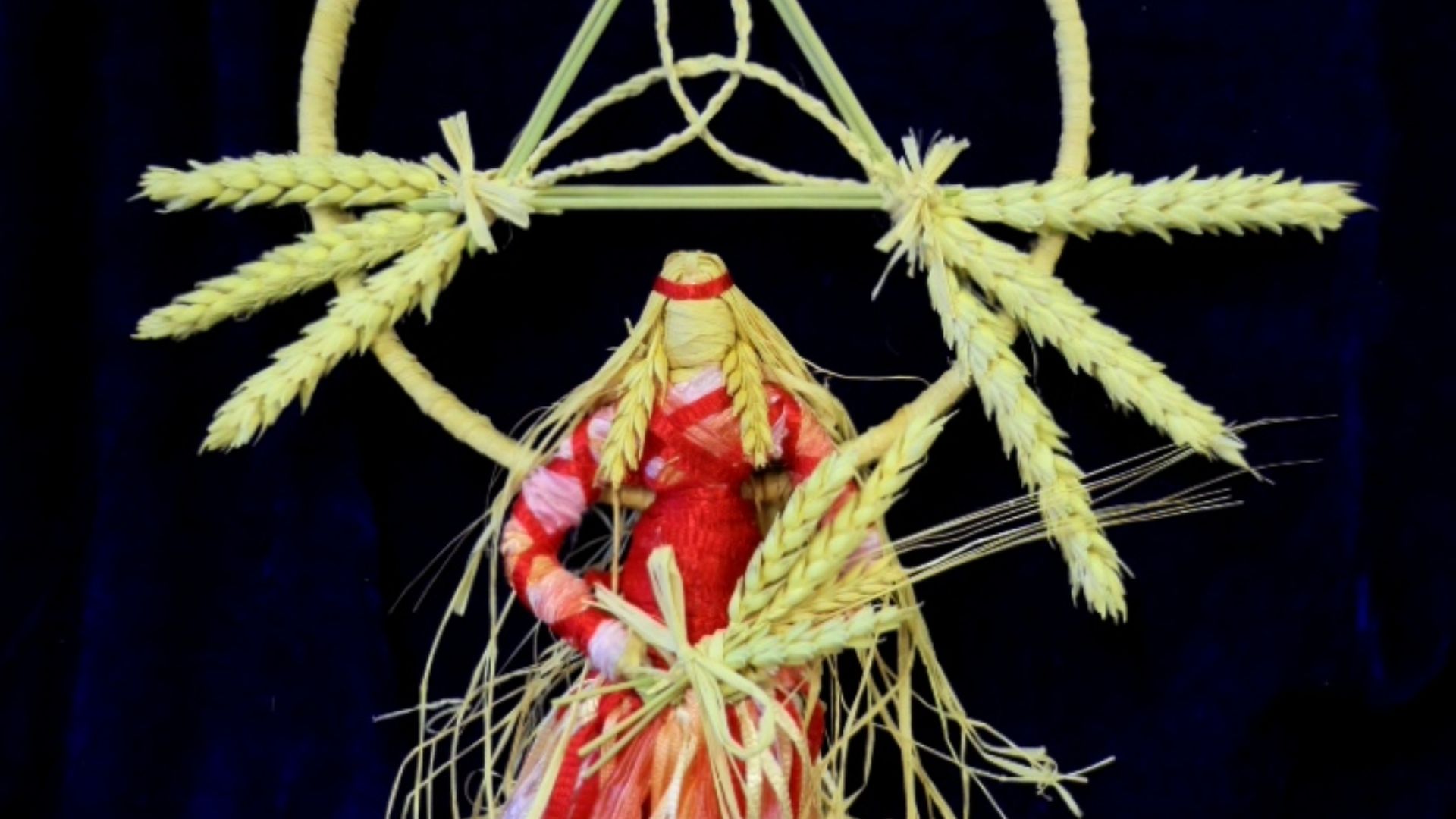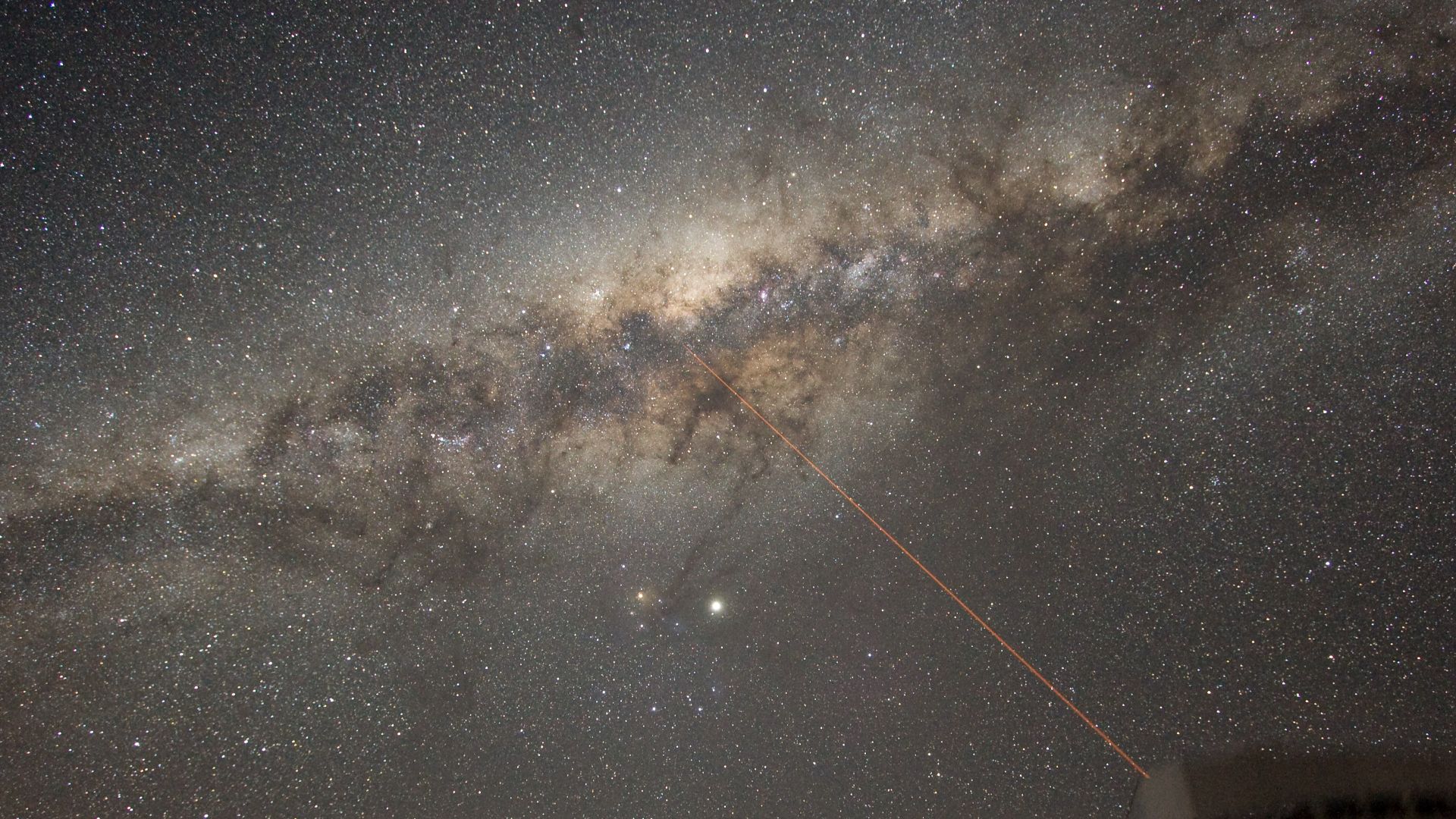Tales Passed Through Time
Storytelling once held the role that textbooks and timelines never could. Among Native tribes, several stories have been passed between generations, legends explaining nature and carrying spiritual truth. Many of the tales still ripple through modern culture, so let's explore 20 legends that remain deeply rooted in Native American history.
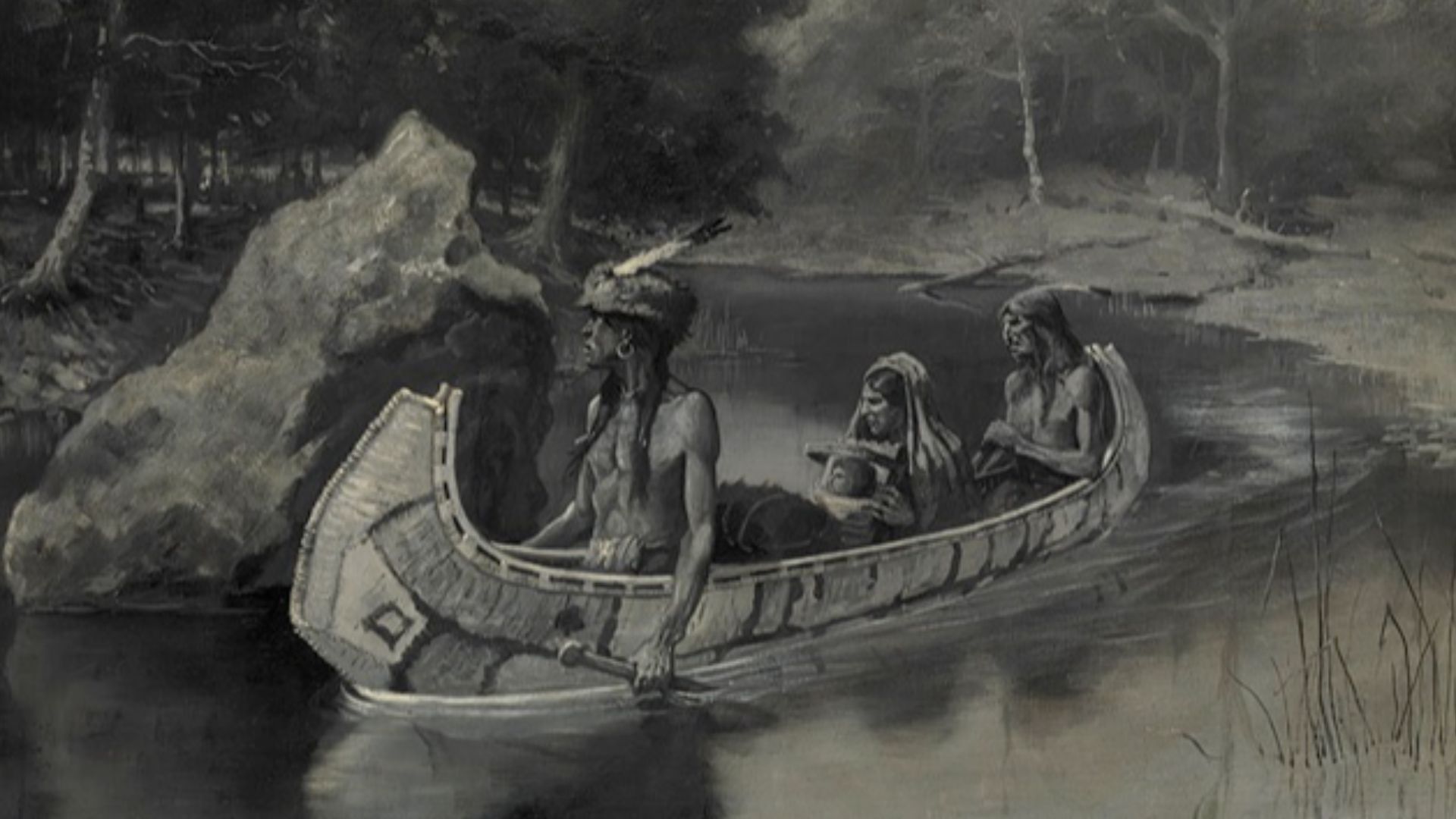 Frederic Remington on Wikimedia
Frederic Remington on Wikimedia
1. The Legend of Hiawatha
Before the Iroquois Confederacy emerged, violence ruled among its nations. Hiawatha helped unite the Five Nations under the Great Law of Peace. The legend blends real diplomacy with mystical elements, including Hiawatha’s purification by wampum. His legacy lives on in one of history’s oldest participatory democracies.
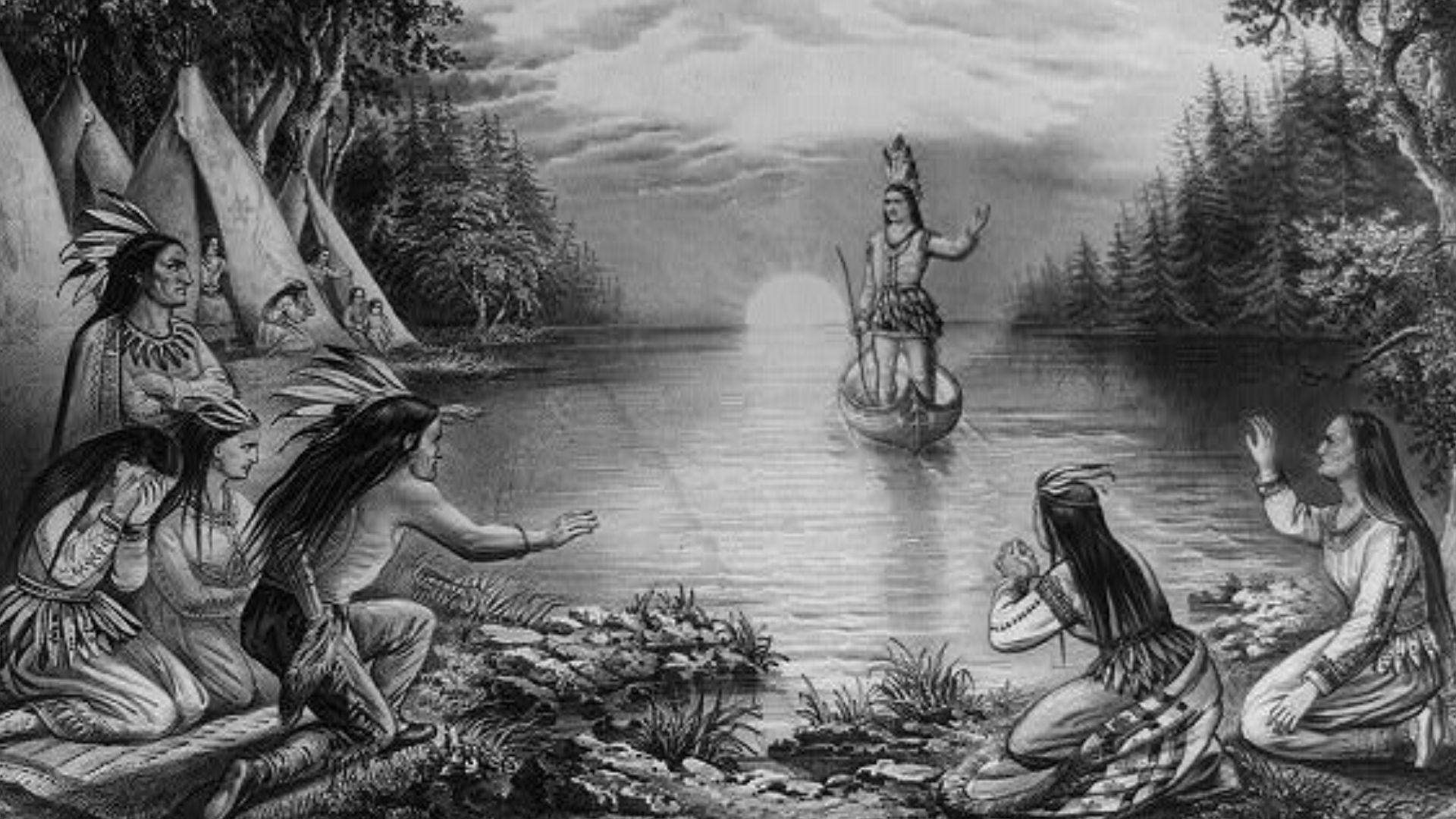 Lithograph by Currier & Ives, 1865. on Wikimedia
Lithograph by Currier & Ives, 1865. on Wikimedia
2. White Buffalo Calf Woman
Sacred to the Lakota Sioux, she’s not just a figure of legend but the bringer of cultural foundation. White Buffalo Calf Woman introduced the Seven Sacred Rites and the peace pipe. Her prophecy about the return of a white buffalo still stirs spiritual gatherings.
3. The Hero Twins
Why do day and night hold such balance in Diné belief? The Navajo Hero Twins (Monster Slayer and Born-for-Water) earned their names by confronting monsters that plagued the world. With spiritual tools from Changing Woman and Sun, they restored harmony.
4. Caddo Emergence From the Cave
The Caddo people trace their origin to a cave near the Red River. Emerging from darkness into light, they were instructed by the creator to walk west. This legend ties geography to destiny and reflects the sacred rhythm of migration, music, and communal memory.
5. Coyote the Trickster
There is no single version of Coyote. Across Western tribes, Nez Perce, Ute, and Shoshone, he shifts shape, steals fire, rearranges rivers, and outsmarts even himself. Sometimes a hero, sometimes foolish, he has chaos and creativity, his stories doubling as entertainment and coded moral instruction.
6. Raven Steals the Light
The Haida and Tlingit of the Pacific Northwest carved this story into totems and oral memory. Raven tricks a chief into releasing the sun, moon, and stars. This legend links Raven’s cleverness to the cultural reverence for resourcefulness and curiosity.
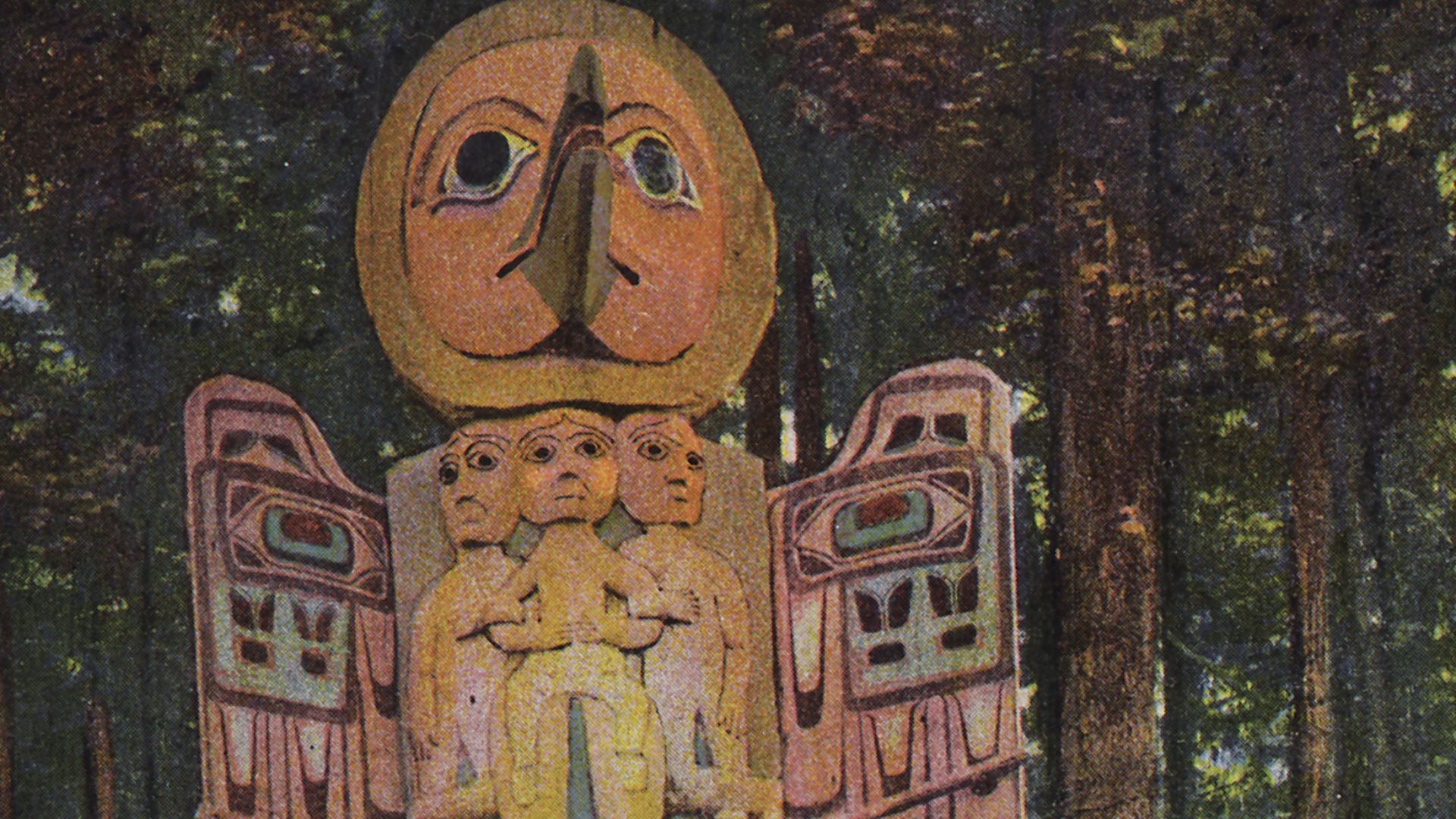 Unknown authorUnknown author or not provided on Wikimedia
Unknown authorUnknown author or not provided on Wikimedia
7. Deer Woman’s Warning
Not all legends comfort—Deer Woman lures those who disrespect women or harm community bonds. Known among the Muscogee, Ponca, and Omaha cultures, she appears as a beautiful woman with deer hooves, and the legend acts as a cultural safeguard by promoting respect and accountability through supernatural caution.
 We SAW a DEER LADY in the WOODS?! The LEGEND of the DEER WOMAN 😵 by Fun And Crazy Krew
We SAW a DEER LADY in the WOODS?! The LEGEND of the DEER WOMAN 😵 by Fun And Crazy Krew
8. Glooskap and Malsumis
In the Wabanaki tradition, duality shaped creation. Glooskap and Malsumis represent the moral tensions of life. Their mother passed away in childbirth as a symbolic loss of cosmic balance. Glooskap’s teachings shaped the Abenaki worldview, embedding balance and kinship in cultural memory.
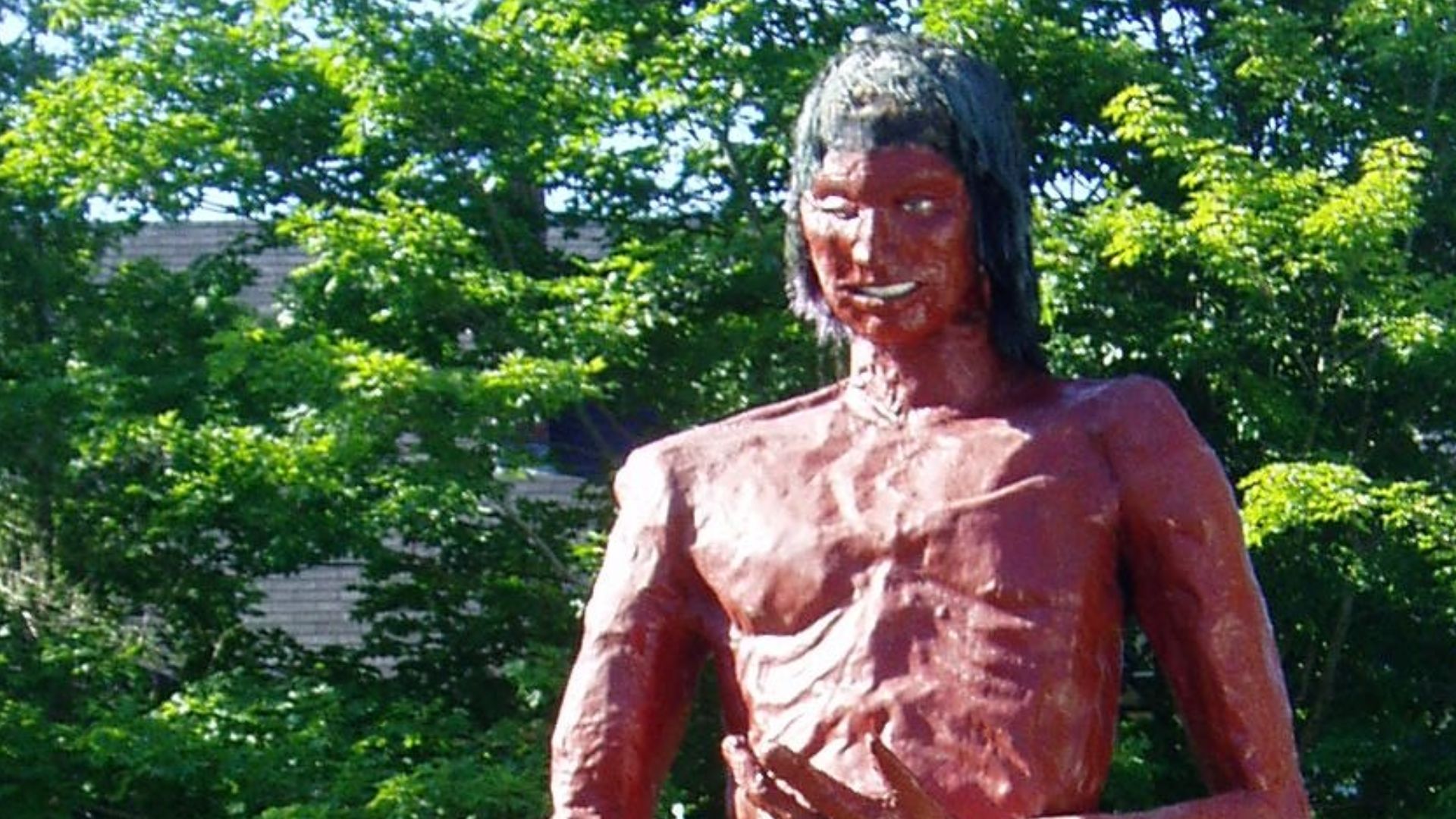 SimonP at en.wikipedia on Wikimedia
SimonP at en.wikipedia on Wikimedia
9. Spider Grandmother’s Wisdom
Spider Grandmother appears across Hopi and Zuni traditions—not as a deity but as a cultural icon. Along with webs, she weaves the fabric of life and tradition. Spider Grandmother is often associated with the emergence of humans from underground worlds, and her stories carry teachings about patience and connectedness.
10. The Great Turtle Island
Ever wondered why is North America called Turtle Island in many Indigenous stories? Among Lenape and Anishinaabe tribes, it’s believed that the world was formed on a turtle’s back after a great flood. Muskrat’s sacrifice to retrieve earth from the deep makes this tale one of resilience and sacred geography.
11. Wendigo, Spirit Of Hunger
In Algonquian lore, the Wendigo symbolizes insatiable greed and cannibalism. Emerging during harsh winters, it reflects very real fears of starvation and broken taboos. Wendigo is usually described as gaunt and cursed, serving as a warning against selfishness and the erosion of humanity under extreme survival pressures.
12. The Flying Head
This Iroquois legend terrifies and instructs. As a disembodied head with fiery eyes and sharp teeth, it punishes those who act in arrogance or cowardice. Mostly linked to the Upstate New York region, the Flying Head appears in cautionary tales about warfare and the dangers of forgetting ancestral values.
13. The Water Panther’s Domain
According to Great Lakes legends, especially among the Ojibwe and Menominee, a horned water panther lives beneath Lake Superior. Said to guard sacred copper and stir fierce storms, this serpent-like spirit is seen as a force of hidden power, imbalance, and danger in the deep.
14. The Thunderbird’s Power
Towering clouds and booming skies were once said to signal the Thunderbird’s flight. Among Plains and Great Lakes tribes, this massive spirit bird wielded thunder and lightning as weapons. Frequently depicted on ceremonial regalia and war shields, the Thunderbird represents strength and the raw force of the natural world.
15. Stonecoat, the Giant
Covered in impenetrable stone, this fearsome being appears in Iroquois and Cherokee legends. Stonecoat ate humans and could only be defeated through cunning or transformation. These stories serve as metaphors for hardship and the victory of cleverness over brute force.
16. The Origin of Fire
In Southeastern tribal traditions, including Creek and Cherokee, it's believed that animals collaborated to steal the fire from jealous spirits. The owl, snake, and spider all tried, but it was Spider Grandmother who succeeded. The stories praise intelligence and the belief that power must be earned.
17. Manabozho and the Flood
After humans broke spiritual laws, the world was flooded. In the Ojibwe myth, Manabozho survived and tried to rebuild the world. With help from animals, he shaped the land again, and it's a tale that emphasizes renewal and the sacredness of interspecies cooperation and sacrifice.
18. Chickasaw Migration Legend
Before written history, the Chickasaw passed down the tale of twin brothers—Chata and Chicksah—who led their people westward from a sacred mound. Guided by a divinely inspired pole that changed direction each day, they crossed rivers and unknown lands. This legend defined their cultural identity and separation from other tribes.
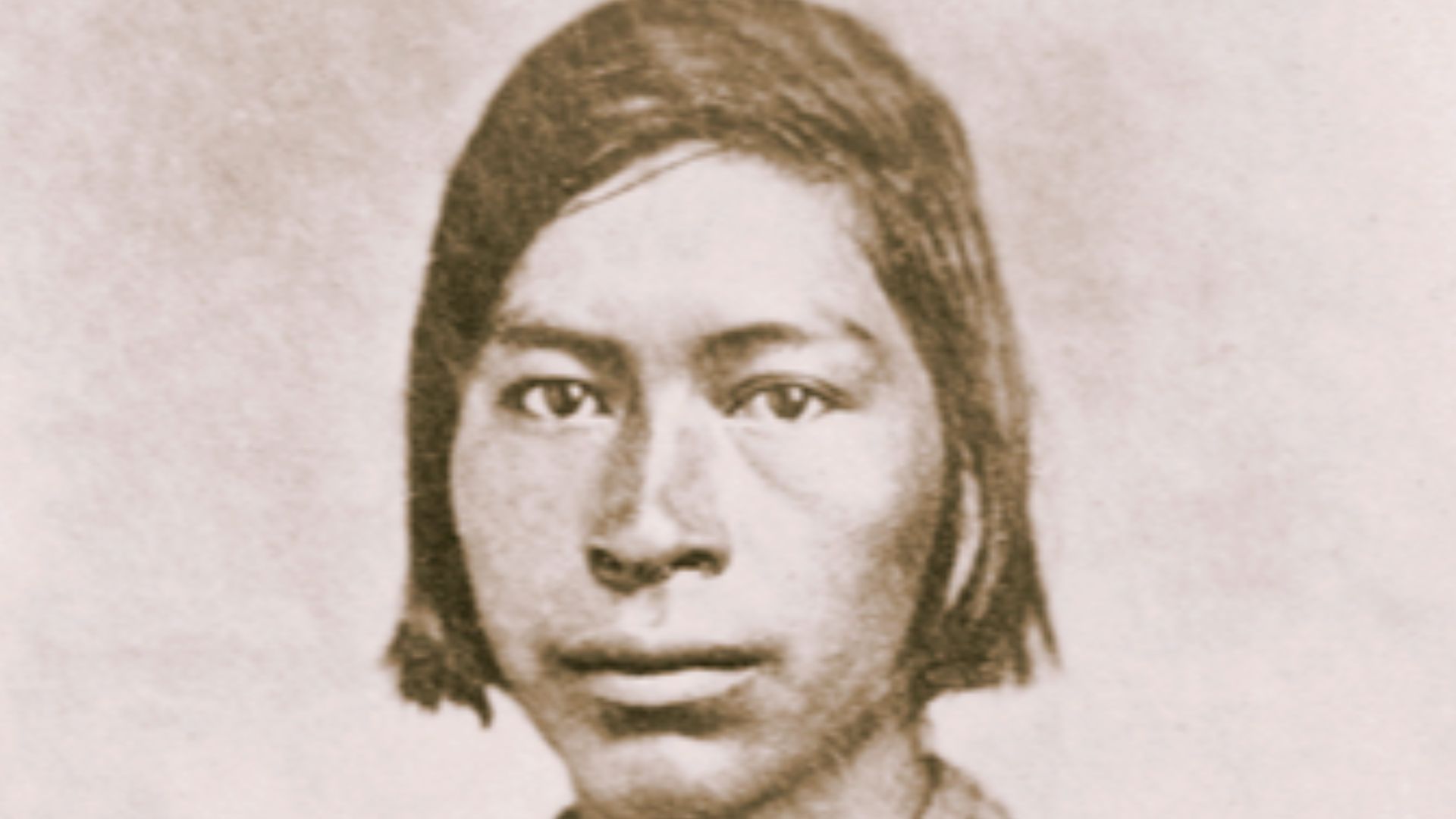 Unknown authorUnknown author on Wikimedia
Unknown authorUnknown author on Wikimedia
19. The Corn Mother’s Gift
Agriculture changed everything. In Eastern Woodlands stories, the Corn Mother gave her body to feed the people. In some versions, she’s hunted for being different; in others, she loses her life willingly. Either way, her rebirth through corn honors sacrifice and links sustenance directly to spiritual and moral responsibility.
20. The Creation of the Milky Way
The Cherokee legend tells of a celestial dog stealing cornmeal and racing into the sky—the scattered trail becoming the Milky Way. Unlike abstract cosmologies, this tale connects daily life with the stars, reflecting a worldview where earthly events and cosmic structures remain tightly interwoven.
KEEP ON READING

The Louvre's Funniest, Weirdest, and Most Surprising Art Facts
Mathias Reding on PexelsThe Louvre is often described as overwhelming:…
By Michael Mann Dec 22, 2025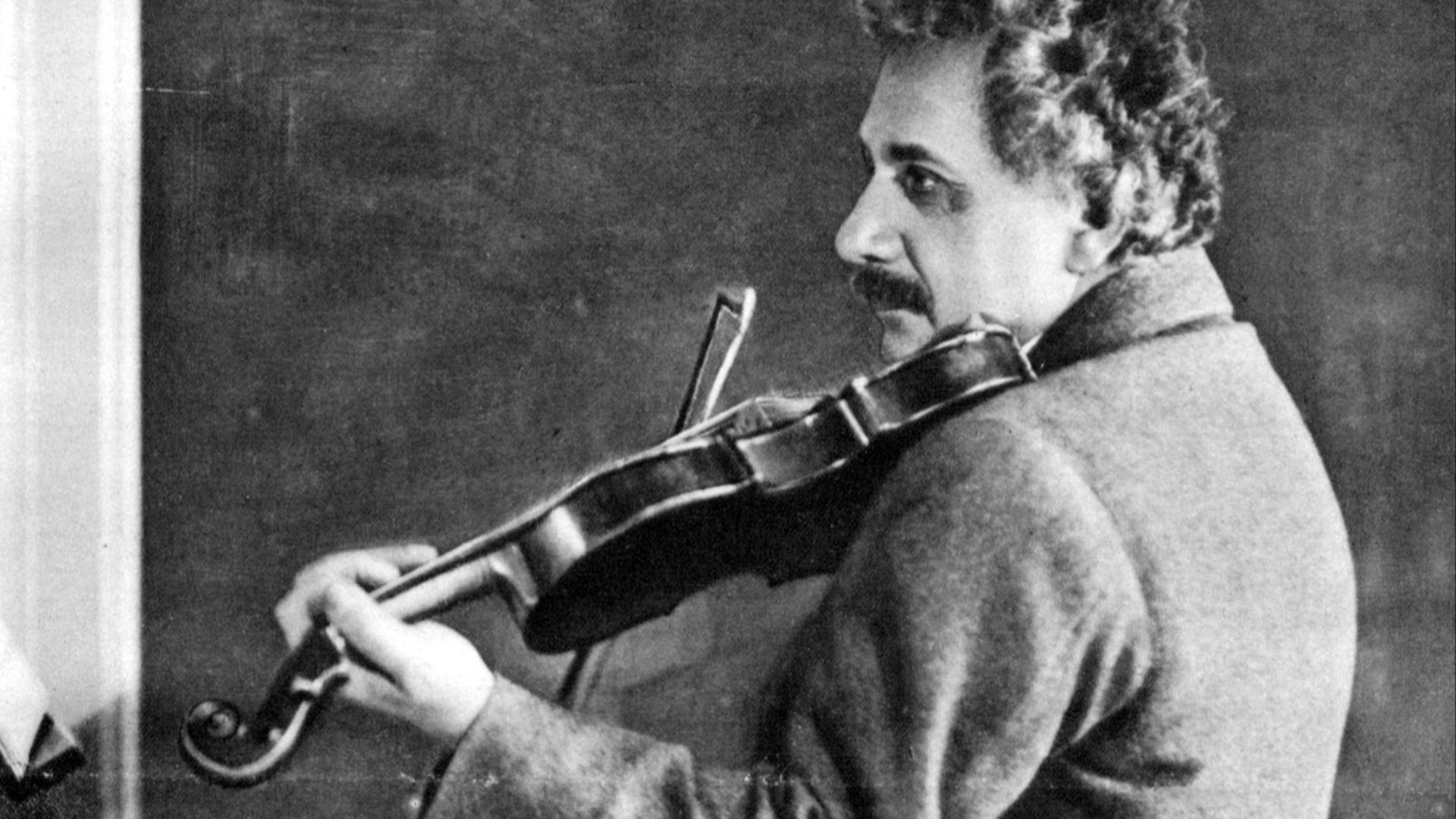
Einstein's Violin Just Sold At An Auction—And It Earned More…
A Visionary's Violin. Wanda von Debschitz-Kunowski on WikimediaWhen you hear…
By Ashley Bast Nov 3, 2025
This Infamous Ancient Greek Burned Down An Ancient Wonder Just…
History remembers kings and conquerors, but sometimes, it also remembers…
By David Davidovic Nov 12, 2025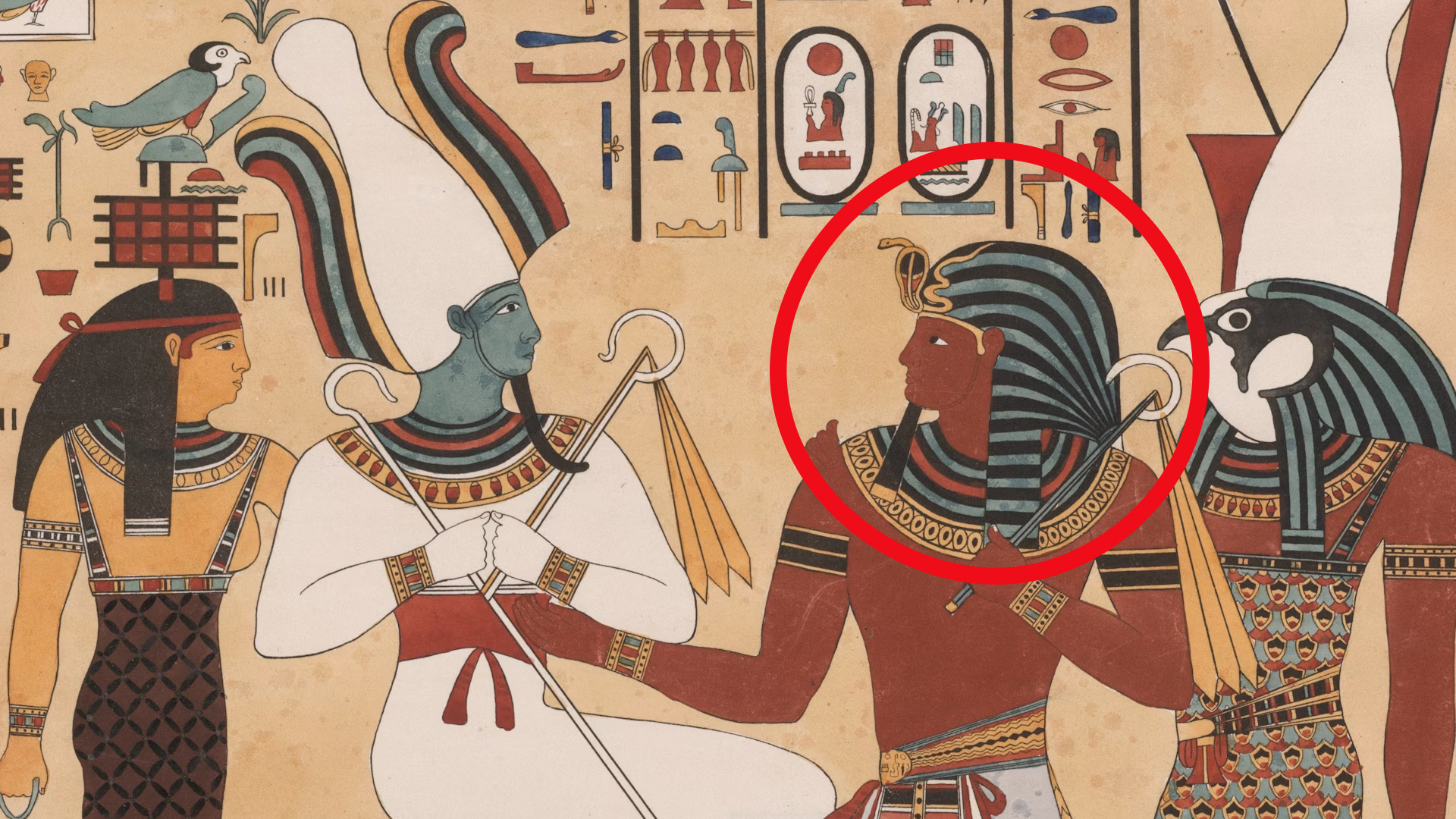
The Mysterious "Sea People" Who Collapsed Civilization
3,200 years ago, Bronze Age civilization in the Mediterranean suddenly…
By Robbie Woods Mar 18, 2025
20 Inventors Who Despised Their Creations
Made It… Then Hated It. Inventors often dream big, but…
By Chase Wexler Aug 8, 2025
20 Incredible Items In The British Museum People Say Were…
Mystery In History. The mighty halls of the British Museum…
By Chase Wexler Sep 8, 2025

